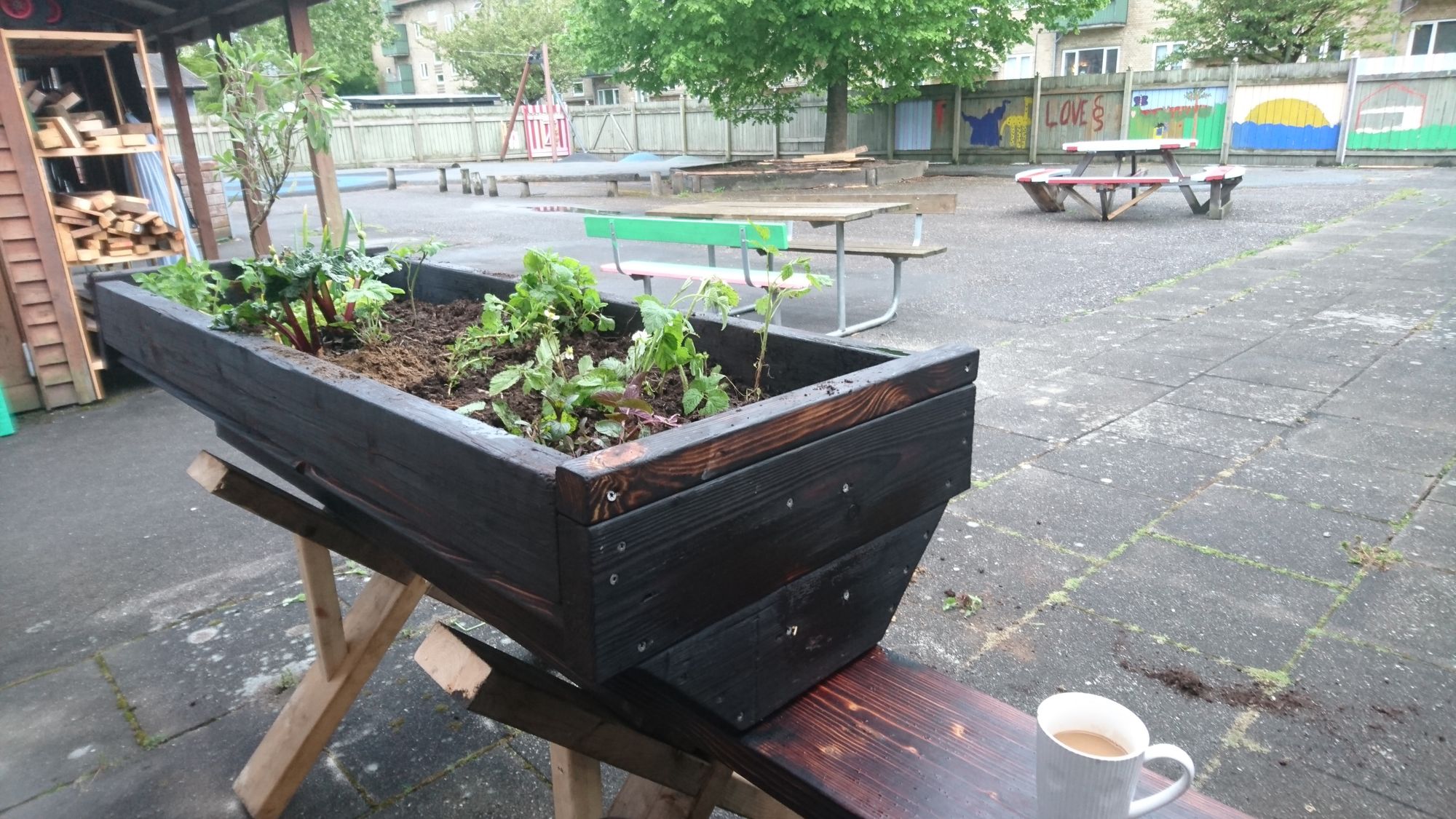Making the space at Huset2450 nicer by adding lots of plants was a great opportunity to venture a bit into gardening - A field I have almost never dealt with before.
The plant project was a collaboration with Debbie Kathrine Sørensen - Her knowledge of plants and nature lifted the project to a level I would never have been able to bring it.
I wanted to try using the old Japanese / Viking method of preserving wood by burning it and soaking it in linseed oil.
We came up with a method, where we masked out parts of the wood with sand or plaster. This made it possible to make patterns in the burnt wood.
Turns out, burning wood with a big weed burner was a popular activity for the kids.
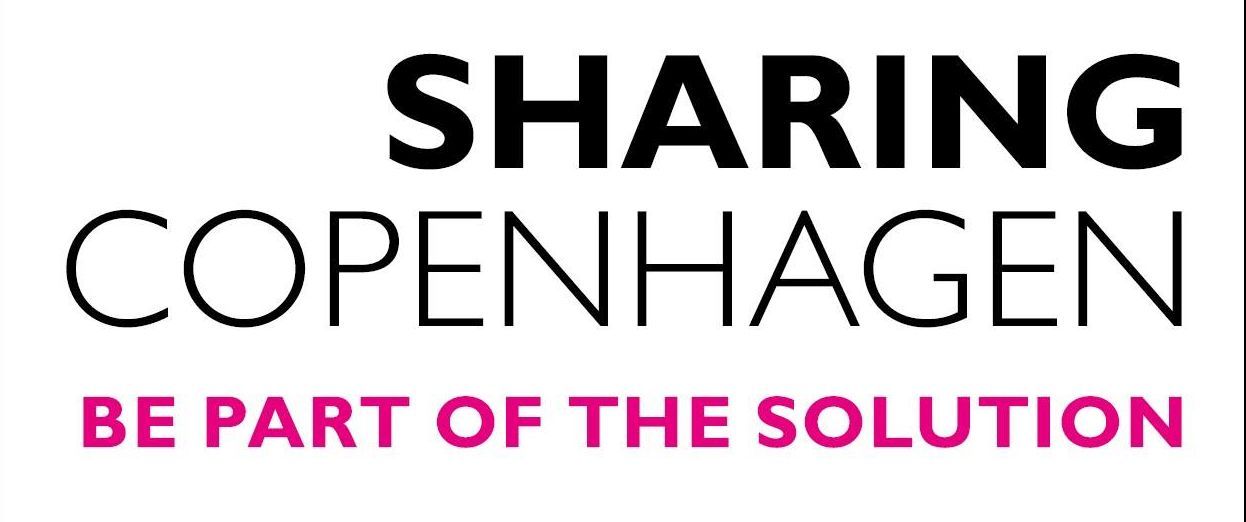


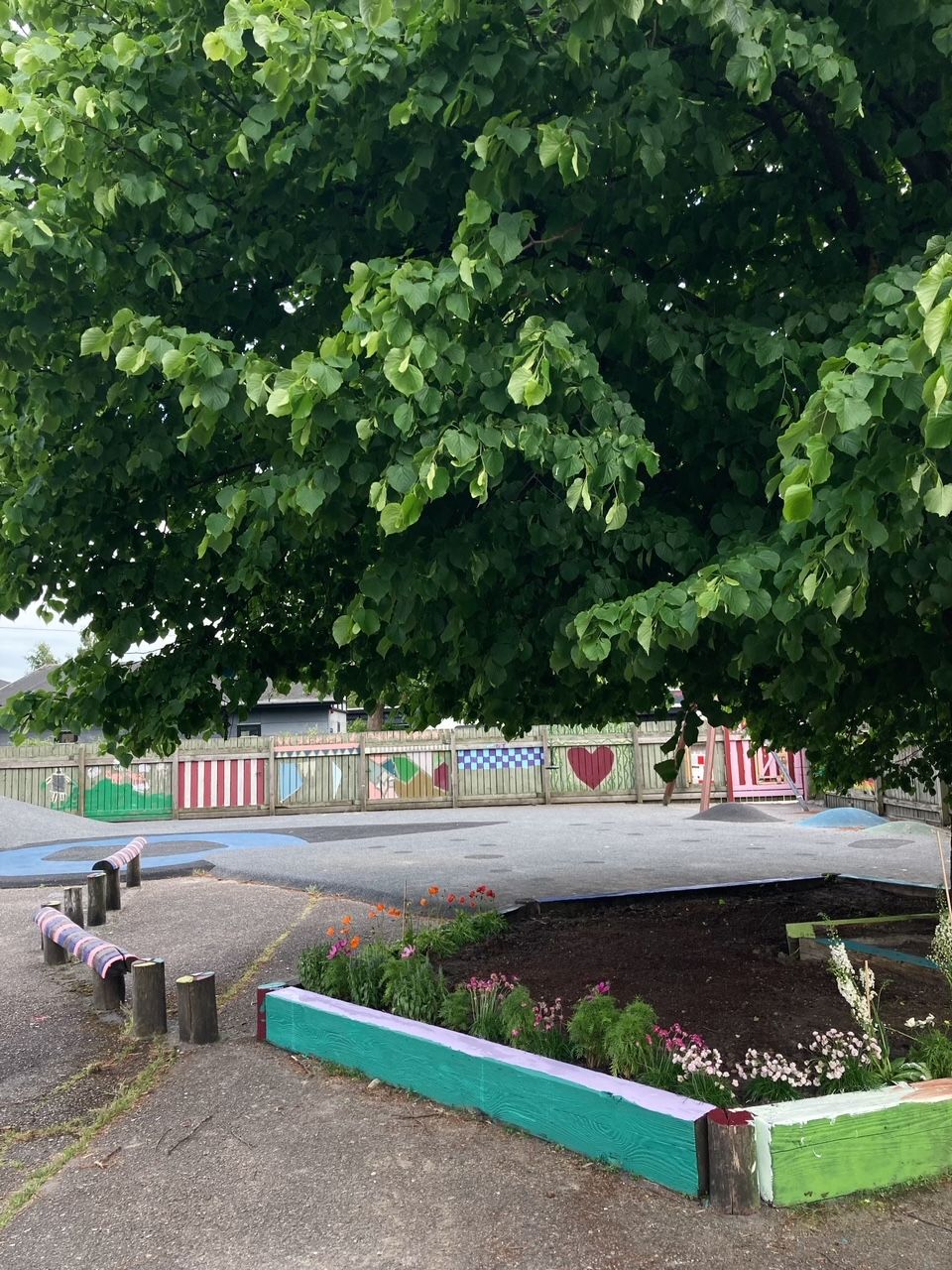
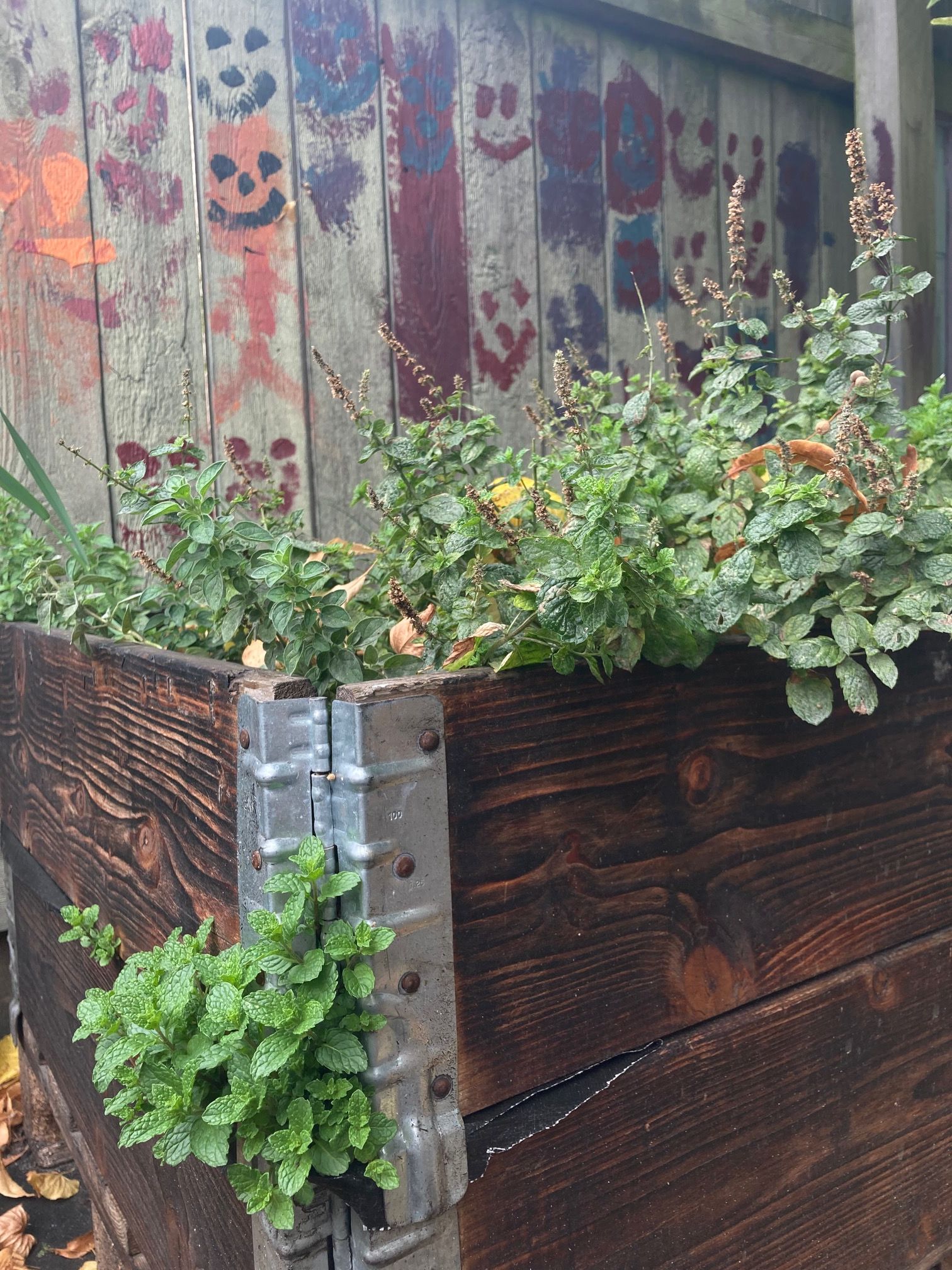
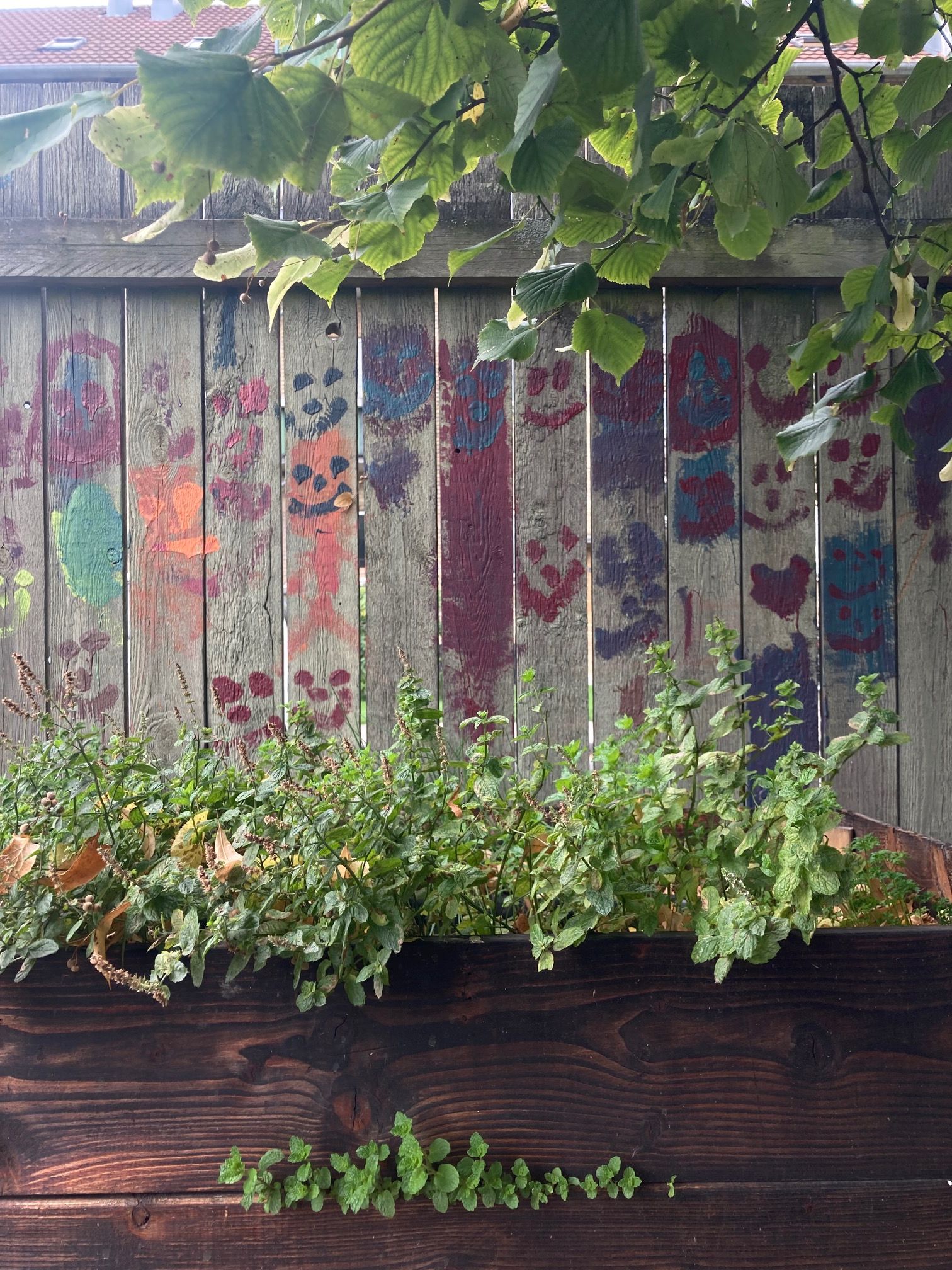

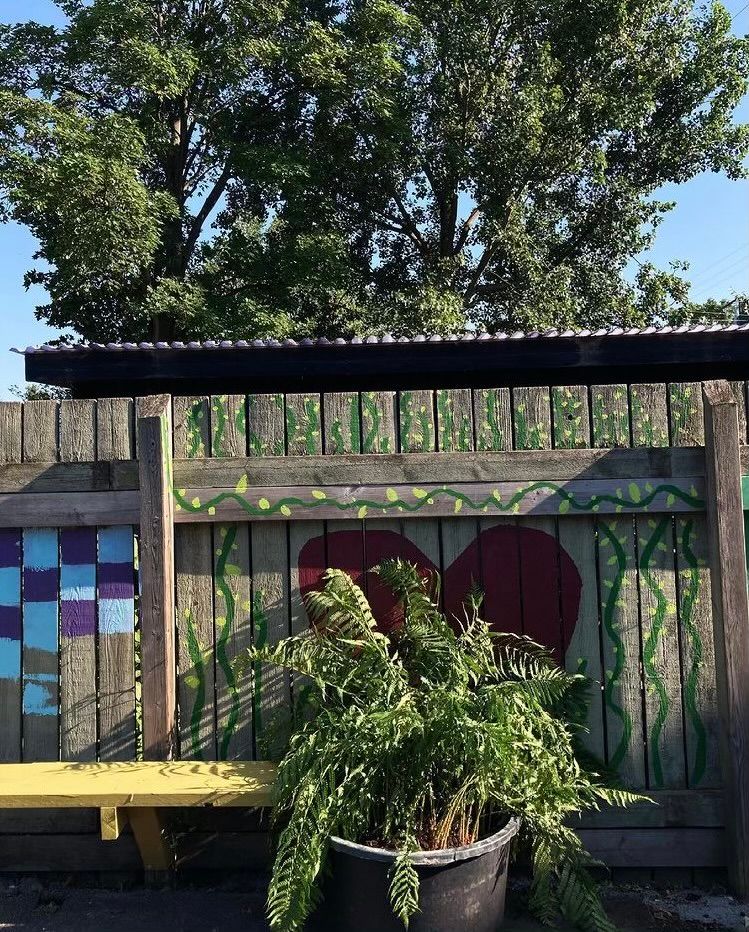
Insects birds plants water
One of the experiments was, to make plant boxes with a big water reservoir in the middle. The water was not connected to the soil or used for watering. It was simply a reservoir in the middle of the plant box.

The idea was to give a humid environment to benefit insects and birdlife. And also provide a humid athmosphere next to the plants.
It worked really well - For plants, birds as well as insects - and is definitely something we want to explore further onwards.
I don't believe the "Insect Hotels" but up many places, that is basicly just dry sticks in a box, does that much good for the insect life. But water and rotting plant debris is what provides a good insect environment.









